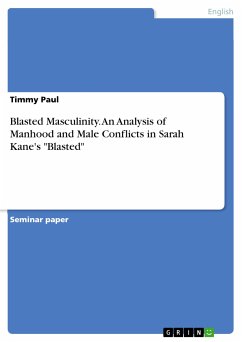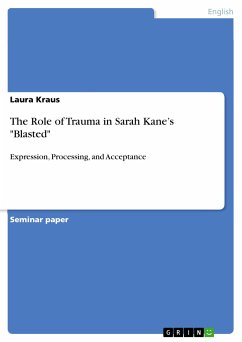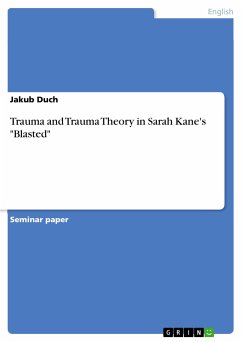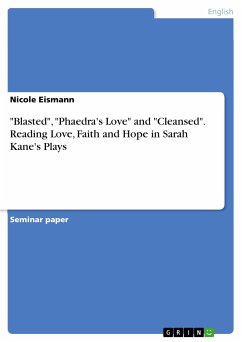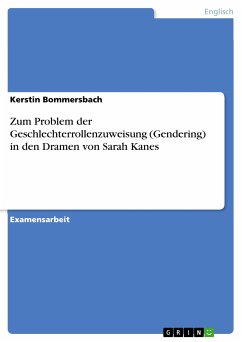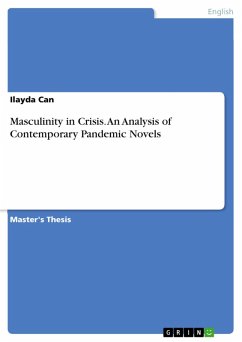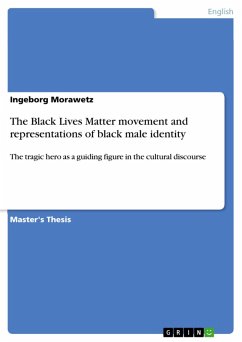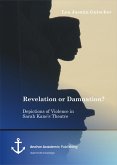Seminar paper from the year 2020 in the subject English Language and Literature Studies - Literature, grade: 1,3, Technical University of Braunschweig (Institut für Anglistik und Amerikanistik), language: English, abstract: What exactly is hegemonic masculinity? What are the characteristics of Ian's and the soldier's masculinities? What is the relationship between them? How is the representation of masculinity connected to the play's overall message? The characters of Sarah Kane's play "Blasted" are two men and a woman. The plot begins in an expensive hotel room in Leeds, as Ian, a journalist who appears to be racist and abusive and Cate, his simple-minded, but good natured ex-girlfriend enter the stage. During the first two scenes, it is shown that Ian abuses Cate mentally and physically. He eventually rapes her off-stage. The scenes are clearly dominated by his male violence against her. The setting soon turns into an apocalyptic scenery, since Kane wanted to add an impression of the Bosnian War. (Saunders 38-39) As soon as the third character, the soldier, enters the stage, the violence reaches its peak. Ian, who was dominant and abusive until then, gets abused himself by the soldier, a truly cold-blooded, not to say purely evil man and hence is turned into an obedient and pitiable person, hardly with any bit of masculinity left. The quote from the beginning of this paper is the initiation of a process, that culminates in the destruction of Ian's masculinity. In this paper, I would like to investigate this phenomenon. In order to do so, I will examine R. W. Connell's concept of hegemonic masculinity and compare it to the male characters in Sarah Kane's Blasted.
Dieser Download kann aus rechtlichen Gründen nur mit Rechnungsadresse in A, B, BG, CY, CZ, D, DK, EW, E, FIN, F, GR, HR, H, IRL, I, LT, L, LR, M, NL, PL, P, R, S, SLO, SK ausgeliefert werden.

